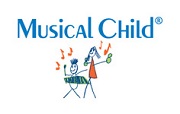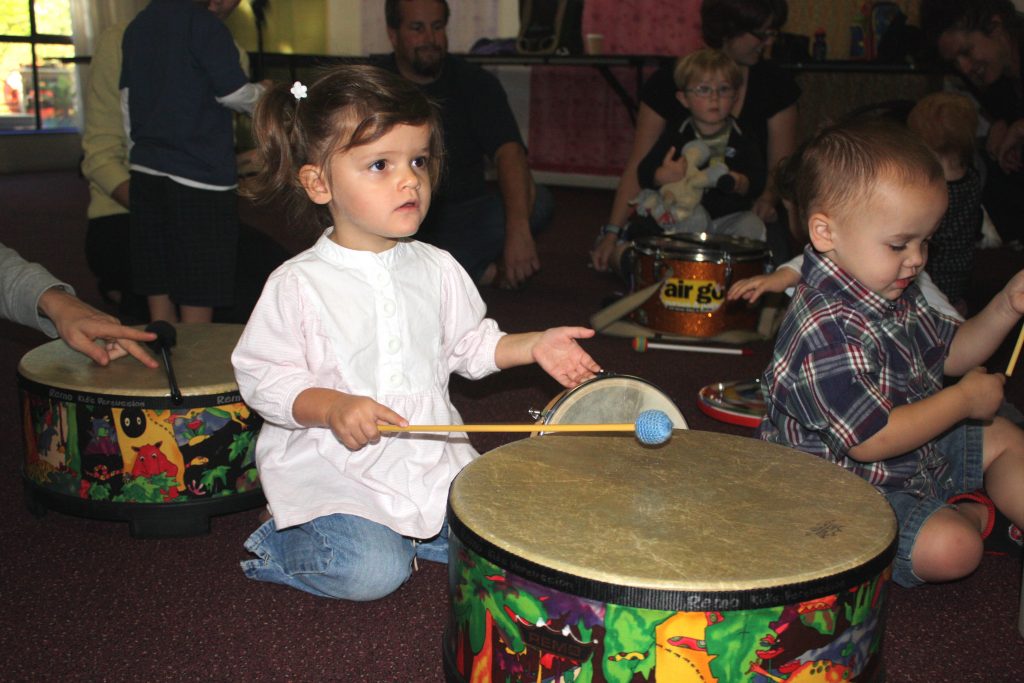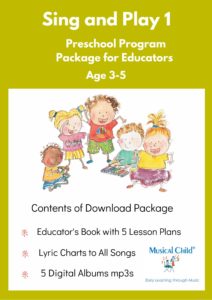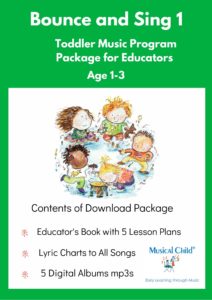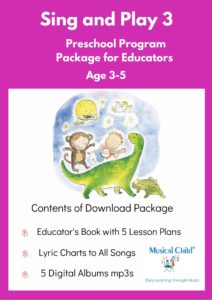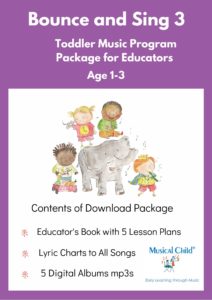Music for young children has a “look and feel”
Well actually, music for young children has more of a “sound and feel”. It’s similar to literature for young children in that you can recognize that it’s written for young “readers” even if they can’t yet read it for themselves. What are some of those special qualities?
Generally speaking, it’s the content that suits young children. If the music is in song form, the lyrics are likely to be about trains, dogs, porridge, chickens, stars, falling over, getting wet, playing games, cooking pancakes and finding sheep and not about lost love, knife murders, jealousy, staying up all night, losing money at the casino, grief, working too hard for not enough money or selfishly deceiving others. Adults and children both enjoy many different styles of music but it’s usually the lyrical content that separates the children’s songs from the adults’.
Instrumental music for young children
If the music is instrumental, the “content” is much harder to describe but we can take some cues from the composer and from the child about what “works” for a certain age child. Sergei Prokofiev’s Peter and the Wolf would suit many young children because it has a children’s story narrated throughout. That composer intended the music to be heard and enjoyed by young children.
However, even the slightest hint of “drama” in music – a minor key, sudden loud sounds, ominous rumblings – can have children’s faces show fear as they immediately respond to musicians’ skills in playing to our emotions. So although they might be happy listening to the themes for Peter, the cat, the duck and the bird, the musical representations of the wolf and the hunters may be too much for the emotionally keyed up three year-old. You only need to ask your friends who saw the film version of it as a child to find out who was scared witless!
Finding suitable music for young children
It’s easy to find suitable songs for young kids because there are literally thousands of children’s songs published as recordings and lyrics and sometimes even as picture books. Many songs are traditional – they have been around for a hundred years or more and they are great for binding generations in making music together- e.g. Miss Polly had a Dolly. There is a whole subset of traditional songs that date back some hundreds of years and they are generally classified as nursery rhymes e.g. Ride a Cock Horse. They are great for so many reasons that I have written several articles about them e.g.- Why Teach Nursery Rhymes? To develop a literate child with a feel for history. You can search the blog for more of my posts about nursery rhymes. You can tell I’m a big fan of teaching nursery rhymes to children.
Other new songs have been written in recent times and they are great for expressing contemporary life in creative ways – e.g. Helicopter Hovers — a song from our Sing and Play 4 Preschool Music Program.
Our experience in running many classes providing music for young children has taught us that they respond most readily to lyrics about subjects they understand. We also note that they much prefer cheerful up tempo songs with a strong rhythm and a sweet melody. That’s not to say that children don’t respond to sensitive lullabies and folk songs that don’t fit the pop genre so prevalent in many children’s care and education settings! Familiarity often adds to enjoyment in music so we need to give new material a little time to sink in before we say it didn’t work.
Our job as music educators is to use our song selections in creative and clever ways to promote as much learning as possible. If you need any help at all in doing that, I suggest you browse these pages for ideas and also visit the online shop at Musical Child. It’s the perfect place to find music for young children and to discover how to use it to make the most educational gain. You are also warmly invited to comment in the box below. Visit Musical Child now and get a free music teaching resource.
